Since the May 2010 referendum, many students wonder how the money has been spent
By Shayan Ahmad
<sahmad@hilite.org>
On May 4, Kern Vohra’s parents both voted for a referendum for Carmel Clay Schools, which, through its passage, provided $12 million to the school district. Despite this, Vohra, for the most part, said he does not know how this money is being used.
“My parents voted for the referendum, and I think it’s a $12 million budget add-on, but aside from that I don’t really know much about it,” Vohra said. “I think they did it to make sure we didn’t have to make cuts on departments like the performing arts.” But, several months after the vote, Vohra said he still does not know exactly how the money is being used.
According to Roger McMichael, Carmel Clay assistant superintendant of business affairs, the main reason for the referendum was to make up for the large budget cuts which the school system was facing.
“We were facing a few different budget cuts, and those all totaled up to $8.8 million,” McMichael said. This budget deficit was compromised of a number of different problems, he said, which were all countered with the referendum.
According to McMichael, the Carmel Clay School District was facing a $3 million budget deficit at the end of last year. On top of that, at the end of 2009, the Indiana state government made a total of $300 million worth of budget cuts to the education department as a result of the recent recession.
Because of these cuts, the school district lost another $3 million worth of state funding annually. Adding on to these deficits, a previous referendum worth $2 million a year is also expiring in 2012, creating a total deficit of $8.8 million.
School board president Tricia Hackett said, “By passing the referendum, we were able to offset the deficits we were facing and add on another $3.2 million. This $3.2 million almost all went to our general fund.”
According to Hackett, the general fund compromises most of the Carmel Clay budget. The fund includes the salaries of teachers and administration members, and the increase in the budget went mostly to hiring more teachers. Ninety percent of the general fund goes to salaries and benefits, 4 percent to supplies and materials and 3 percent to purchased services such as utilities and property insurance. With the additional money given to the general fund
, the school district hired more teachers to create a more teacher friendly class size.
“The additional teachers have lowered our teacher-to-people ratio and lowered our class sizes,” McMichael said. The referendum restored or added a total of 82 teacher positions and 43 instructional assistants. At CHS, seven teaching positions were restored and another 11 were added. By passing the referendum, McMichael said he believes that Carmel has created a much better environment for learning.
“Without the referendum, there would have been a dramatic increase in the average class size for Carmel schools,” Hackett said. “With it, we’ve actually been able to decrease the average class size across the board.”
According to the Carmel Clay Schools website, Since the passing of the referendum, the average student per class size for math classes at CHS has gone from 28.7 to 27.8. Also in the art department, the class size has gone from 27.7 to 26.1 students per class.
According to Sherri Pankratz, president of the Carmel Clay Education Association and English teacher, this also helps reduce the number of teachers who teach six classes instead of five. “There are fewer teachers who teach an extra course now,” she said.
Pankratz said this problem does remain for many teachers at the middle school level, though. “We’re still trying to mediate the middle school situation in terms of the number of students they see every day,” she said.
The referendum will, however, also make up for the projected increase of the number of students in the school district in the coming years. “We anticipate CCS enrollment will increase by 275 plus students by 2012, for which we hired additional staff,” Hackett said.
Hackett said she also sees the referendum as an improvement because it raises the Carmel Clay School District’s funding per student, which prior to the referendum’s passing was well below the average funding per student in Indiana.
In the 2009-2010 school year, the average funding per student in the state of Indiana was $6,553 per pupil, while Carmel’s was only $5,598. This represents a total difference of $955 per student. Hackett said she believes this problem was solved by the referendum.
Vohra said he only knew that the school district asked for the referendum to offset previous deficits, though. “I was only aware of what the money that made up for the money lost by the schools was used for,” he said. “I only learned a little bit about the referendum in band class, but no one has really informed me about how the rest of the money has been used.”
This mindset, according to Pankratz, is not unusual. She said most of the communication relating to the referendum that has been made has been focused on the Carmel community rather than to faculty and students. “There hasn’t been any official communication to teachers,” she said. “There’s been more communication as a whole to the community.”
Pankratz also said that during the next semester the school district will provide an update which will display how the referendum has been used. “In the spring, there will be an update for the community putting together a real program about what’s gone on and how the money has been used,” she said.
Although Pankratz said there hasn’t been too much communication so far for teachers and students, she said she is content with the plans for the future.
“I’m happy with the plan they have with the, ‘this is how the school system would have been’ and ‘this is how it is now’ explanation,” she said.
So far, all of the money which was gained through the referendum has been used or planned for use in the future. “All of the money has been committed,” McMichael said. Some of the money added by the referendum has also been used for savings in case of future problems.
“It’s like having a savings account versus not having one. It’s a little bit of money to fall back on,” McMichael said. “With this money, the school district can be prepared for future dilemmas with its budget.”
McMichael said he does believe, however, that the referendum funding will be adequate for the near future. “Referendum funding lasts for a maximum term of seven years, and that’s how we plan this one to go for,” he said. This will mean $12 million of income for the school through property tax for the years 2011 all the way through 2018. McMichael also stated that once the referendum does expire in 2018, the school district would go back and ask taxpayers to renew the referendum.
“With these changes, we definitely see the school system as better off than it was before,” Hackett said. “With the addition of teachers and funds, we believe that we’ve created a much better school district for our students.”










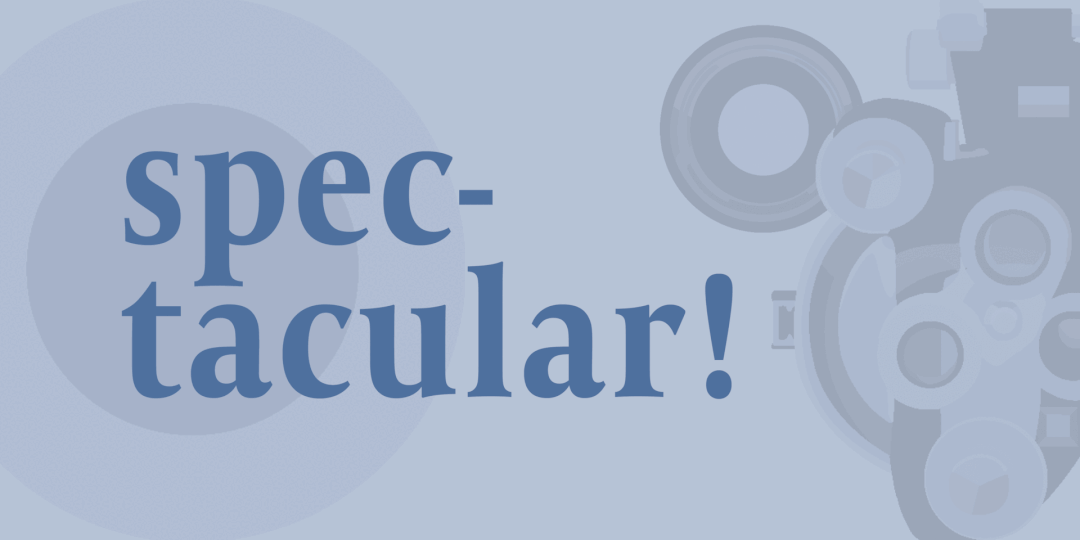





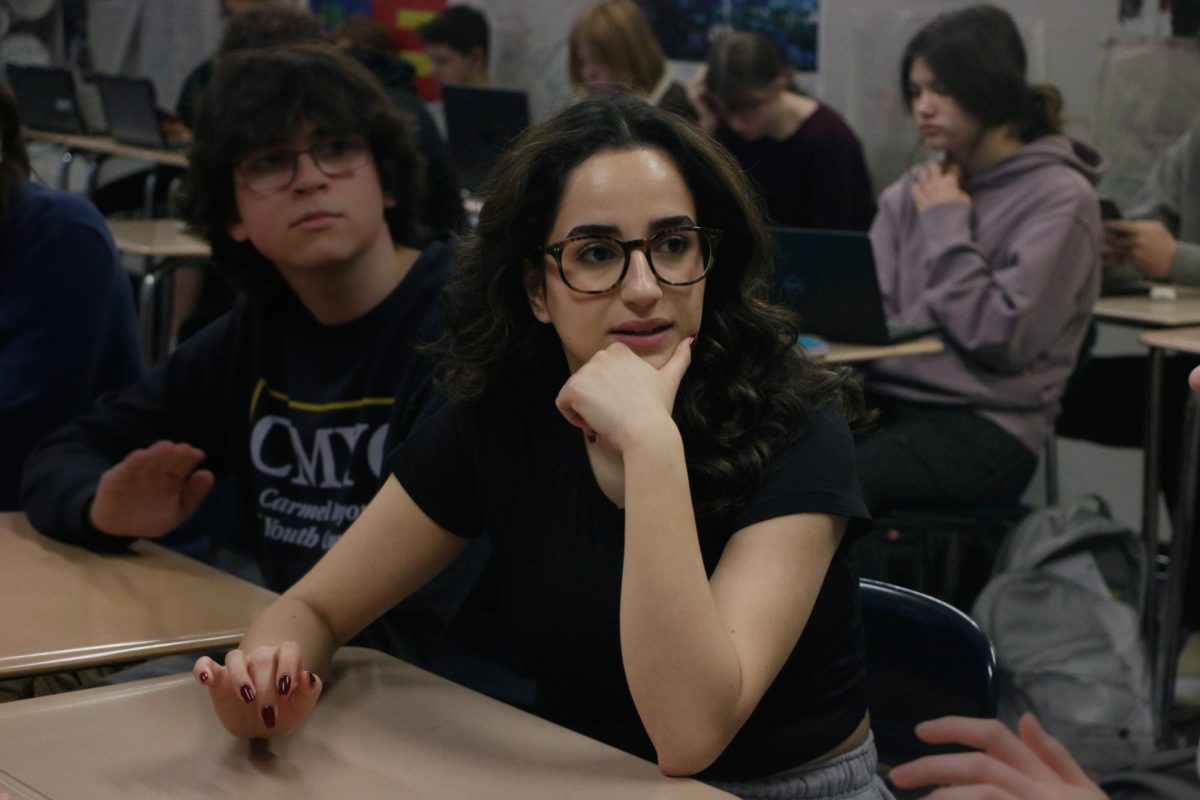

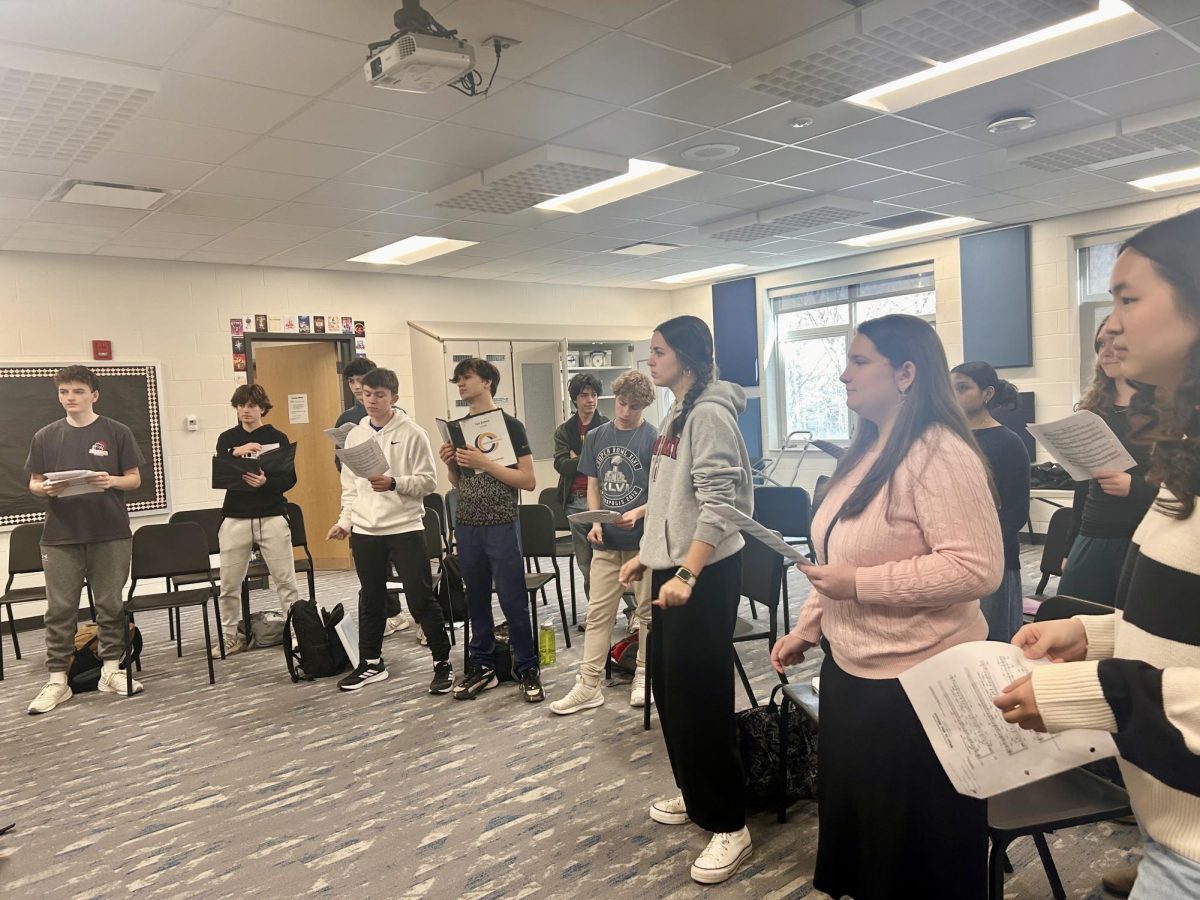





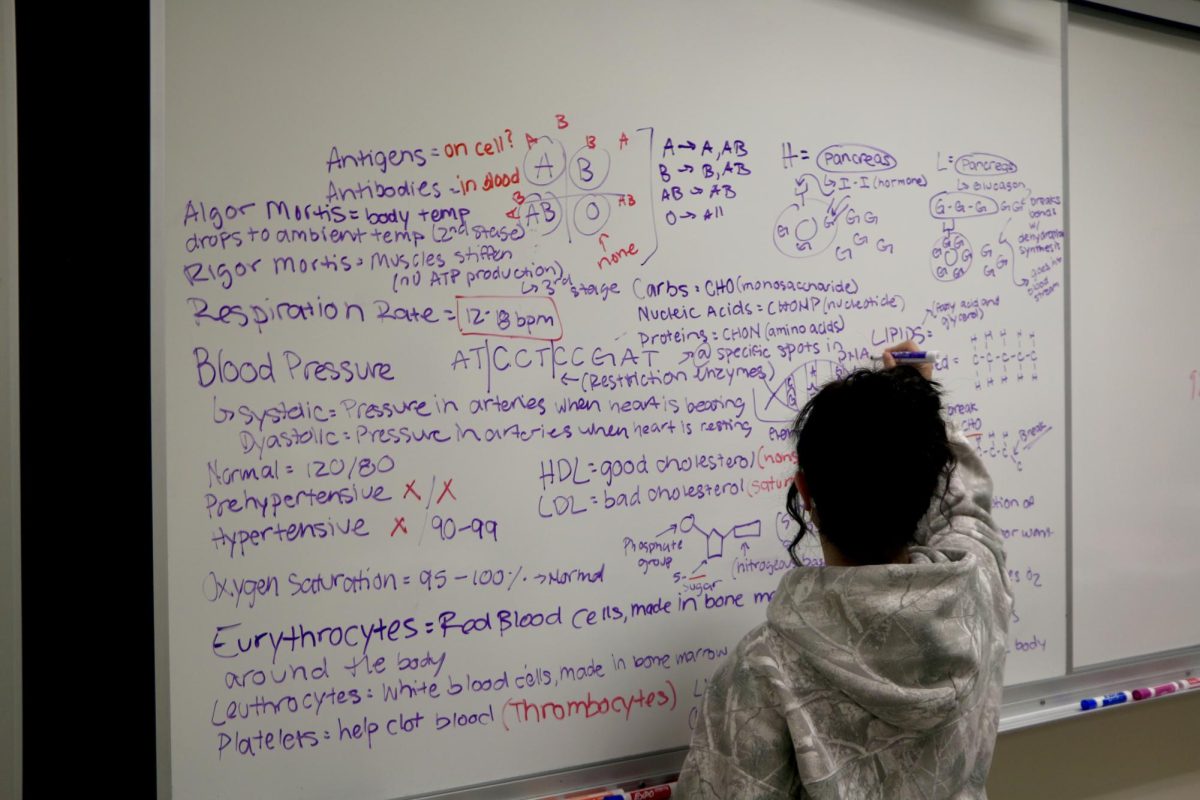
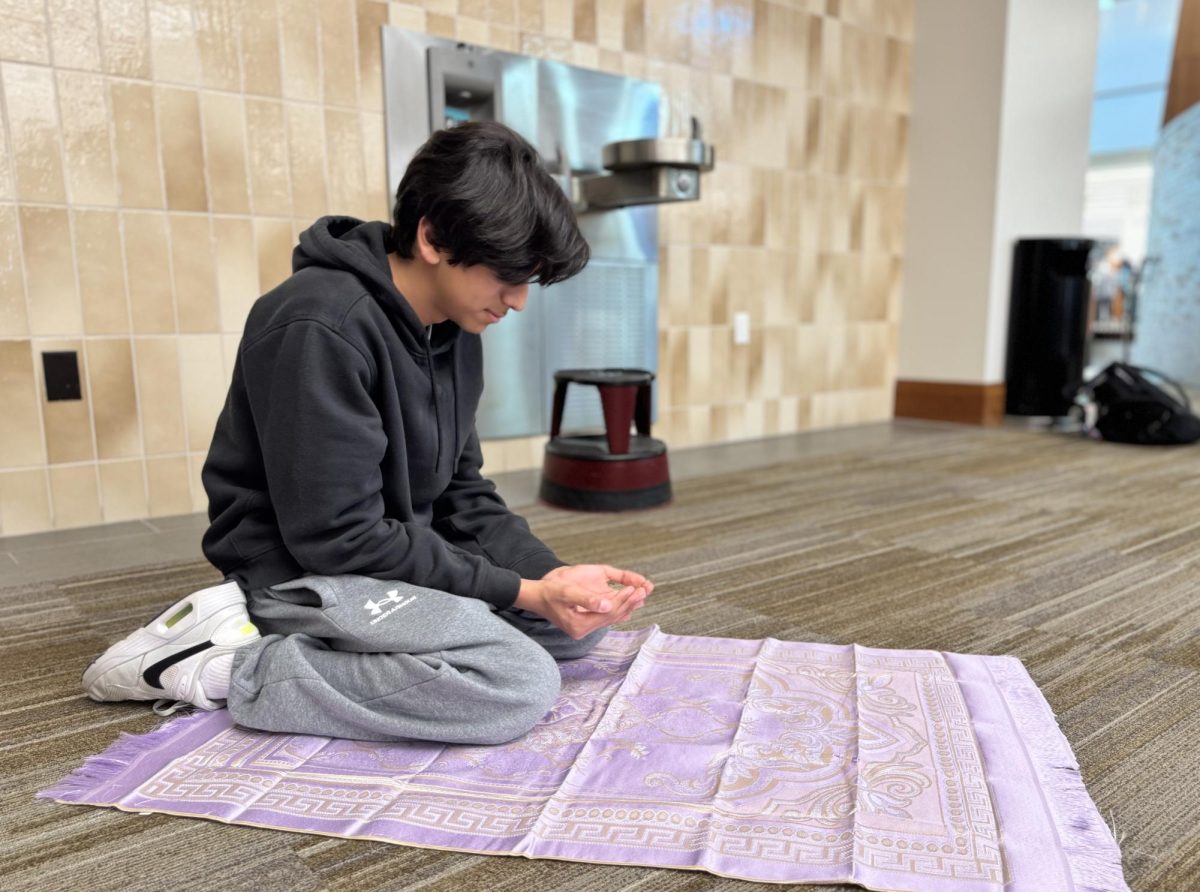





![AI in films like "The Brutalist" is convenient, but shouldn’t take priority [opinion]](https://hilite.org/wp-content/uploads/2025/02/catherine-cover-1200x471.jpg)





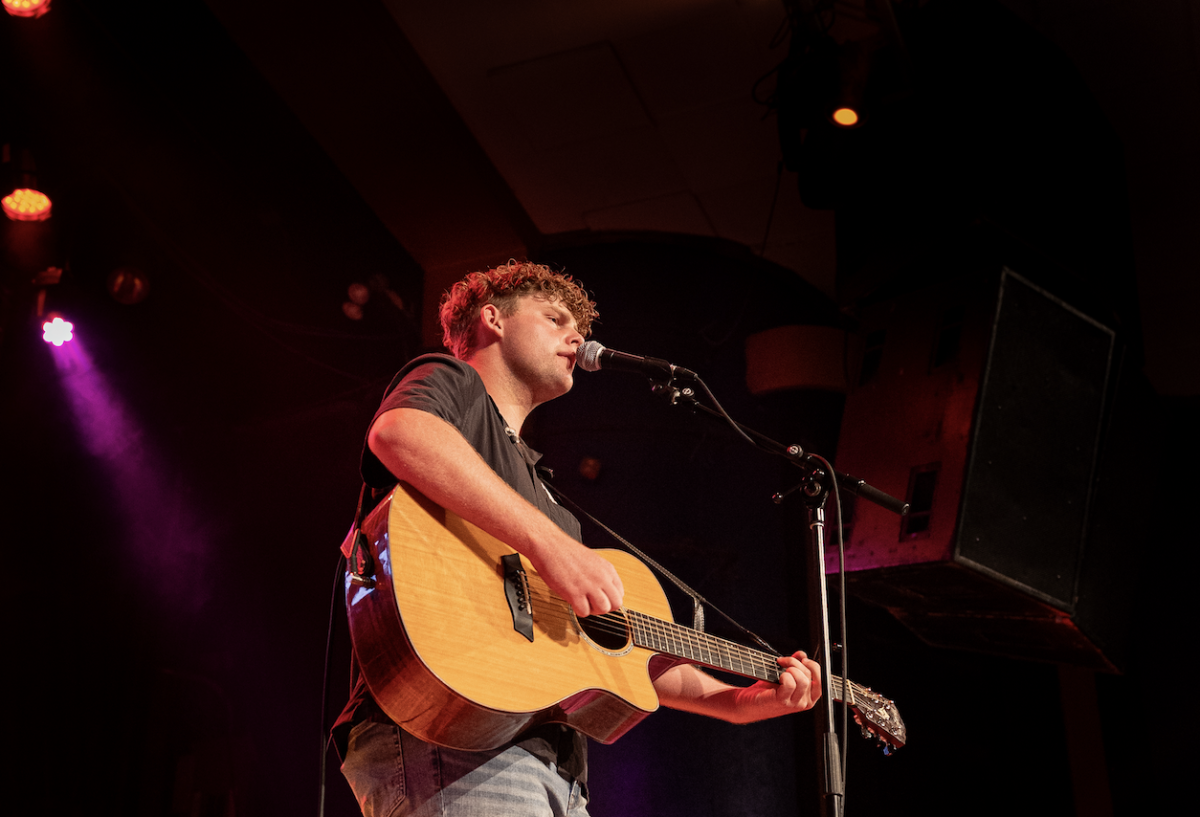







































![Review: “The Immortal Soul Salvage Yard:” A criminally underrated poetry collection [MUSE]](https://hilite.org/wp-content/uploads/2025/03/71cju6TvqmL._AC_UF10001000_QL80_.jpg)
![Review: "Dog Man" is Unapologetically Chaotic [MUSE]](https://hilite.org/wp-content/uploads/2025/03/dogman-1200x700.jpg)
![Review: "Ne Zha 2": The WeChat family reunion I didn’t know I needed [MUSE]](https://hilite.org/wp-content/uploads/2025/03/unnamed-4.png)
![Review in Print: Maripaz Villar brings a delightfully unique style to the world of WEBTOON [MUSE]](https://hilite.org/wp-content/uploads/2023/12/maripazcover-1200x960.jpg)
![Review: “The Sword of Kaigen” is a masterpiece [MUSE]](https://hilite.org/wp-content/uploads/2023/11/Screenshot-2023-11-26-201051.png)
![Review: Gateron Oil Kings, great linear switches, okay price [MUSE]](https://hilite.org/wp-content/uploads/2023/11/Screenshot-2023-11-26-200553.png)
![Review: “A Haunting in Venice” is a significant improvement from other Agatha Christie adaptations [MUSE]](https://hilite.org/wp-content/uploads/2023/11/e7ee2938a6d422669771bce6d8088521.jpg)
![Review: A Thanksgiving story from elementary school, still just as interesting [MUSE]](https://hilite.org/wp-content/uploads/2023/11/Screenshot-2023-11-26-195514-987x1200.png)
![Review: "When I Fly Towards You", cute, uplifting youth drama [MUSE]](https://hilite.org/wp-content/uploads/2023/09/When-I-Fly-Towards-You-Chinese-drama.png)
![Postcards from Muse: Hawaii Travel Diary [MUSE]](https://hilite.org/wp-content/uploads/2023/09/My-project-1-1200x1200.jpg)
![Review: "Ladybug & Cat Noir: The Movie," departure from original show [MUSE]](https://hilite.org/wp-content/uploads/2023/09/Ladybug__Cat_Noir_-_The_Movie_poster.jpg)
![Review in Print: "Hidden Love" is the cute, uplifting drama everyone needs [MUSE]](https://hilite.org/wp-content/uploads/2023/09/hiddenlovecover-e1693597208225-1030x1200.png)
![Review in Print: "Heartstopper" is the heartwarming queer romance we all need [MUSE]](https://hilite.org/wp-content/uploads/2023/08/museheartstoppercover-1200x654.png)


